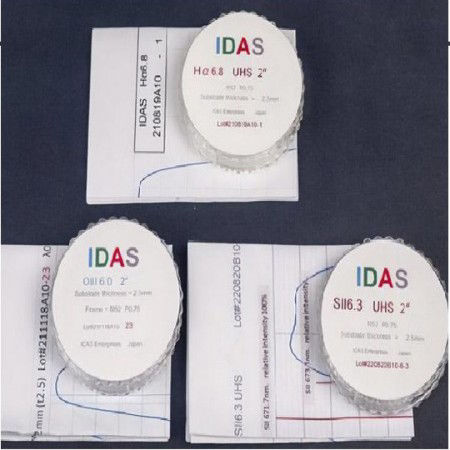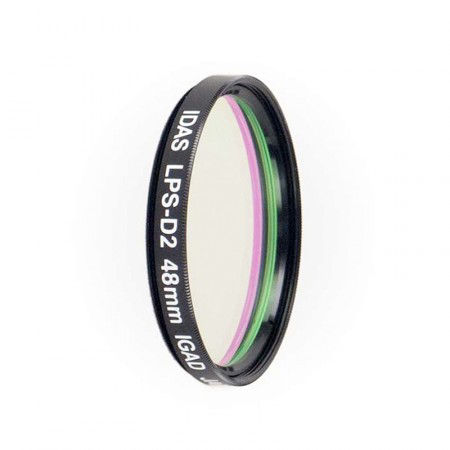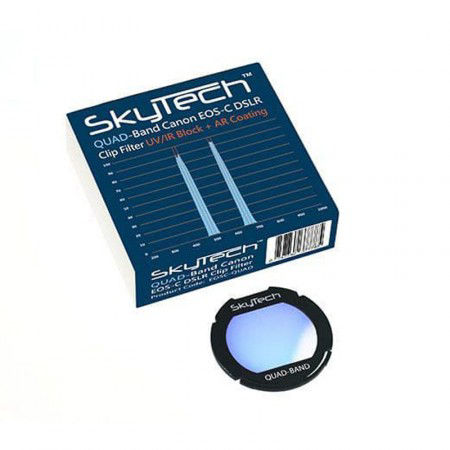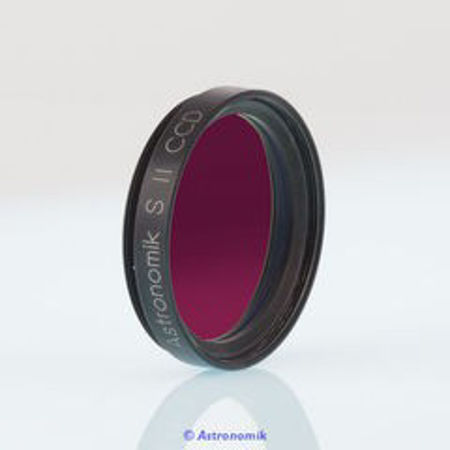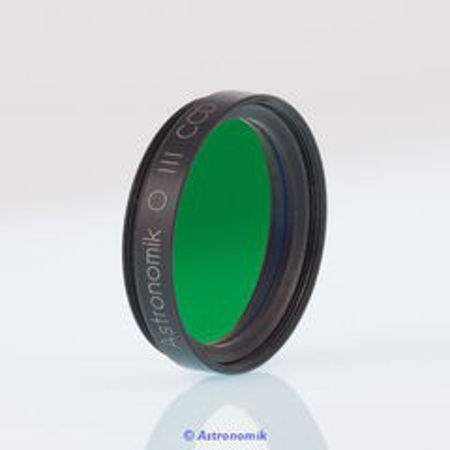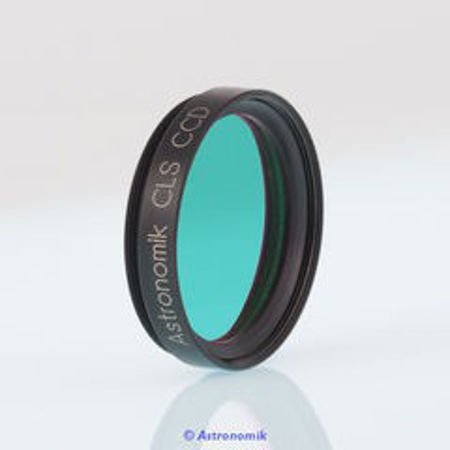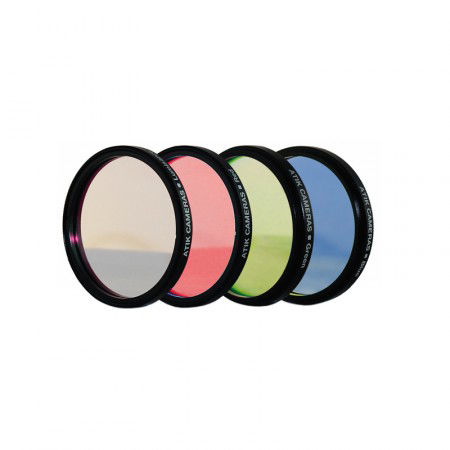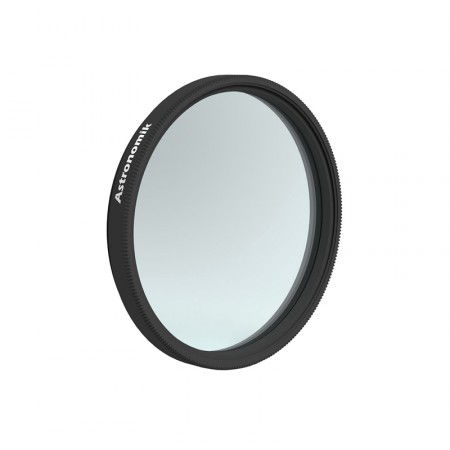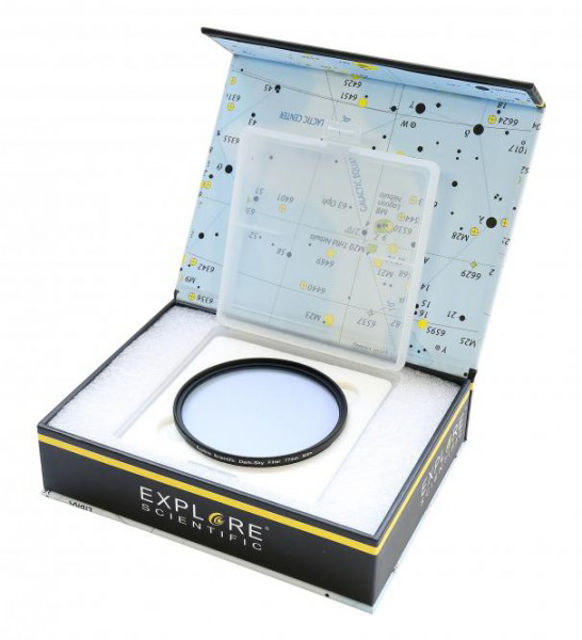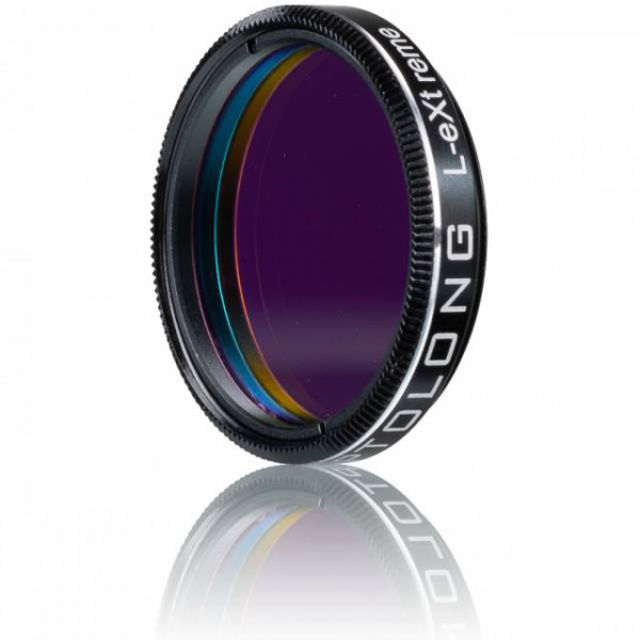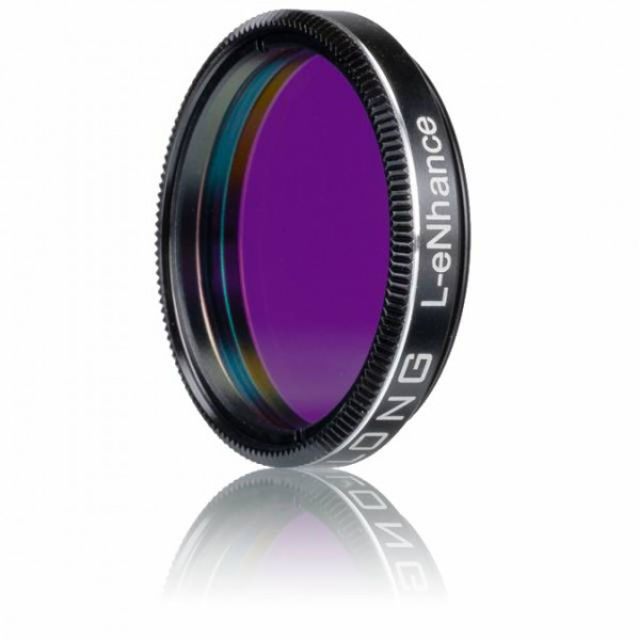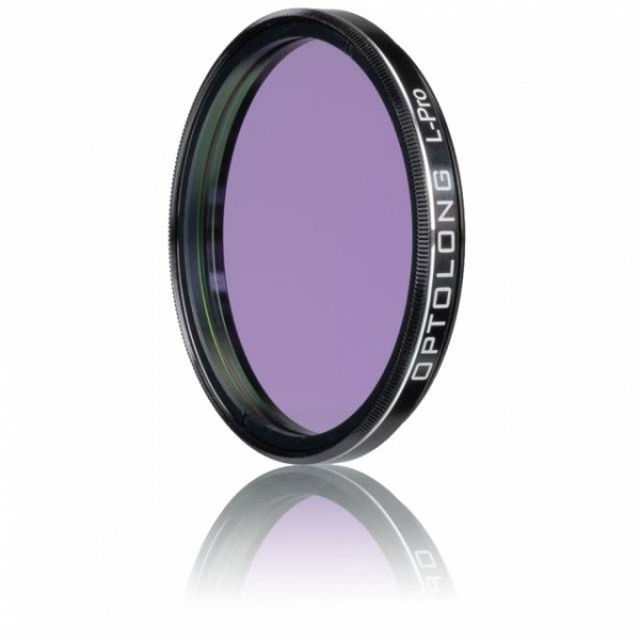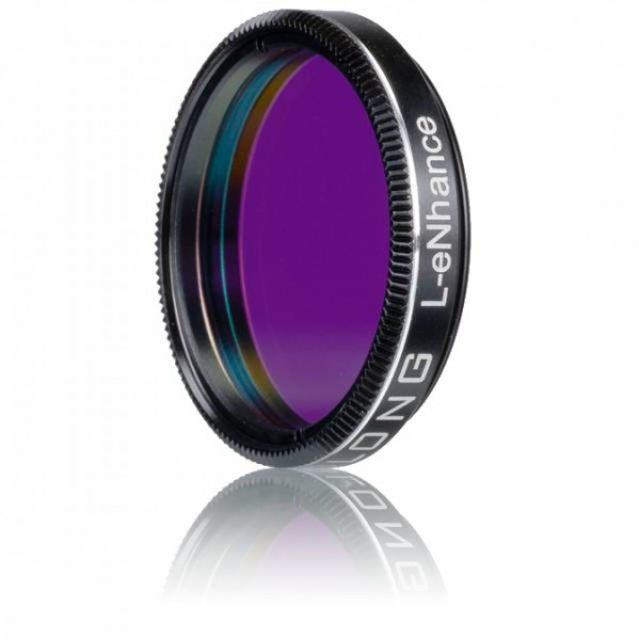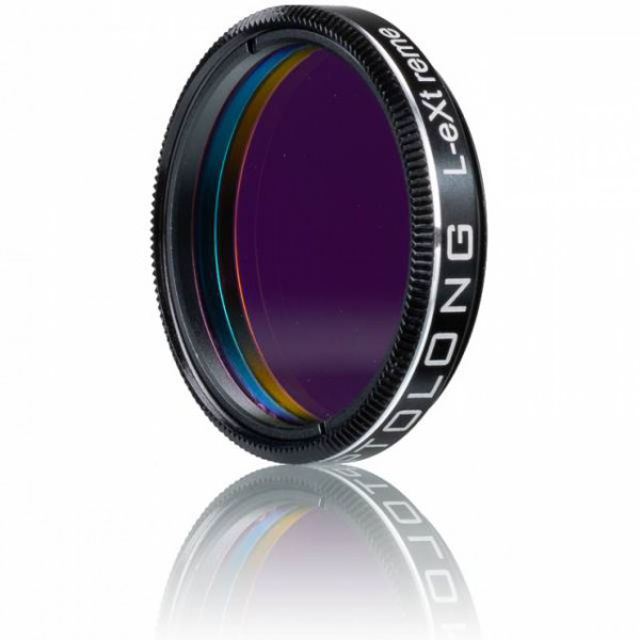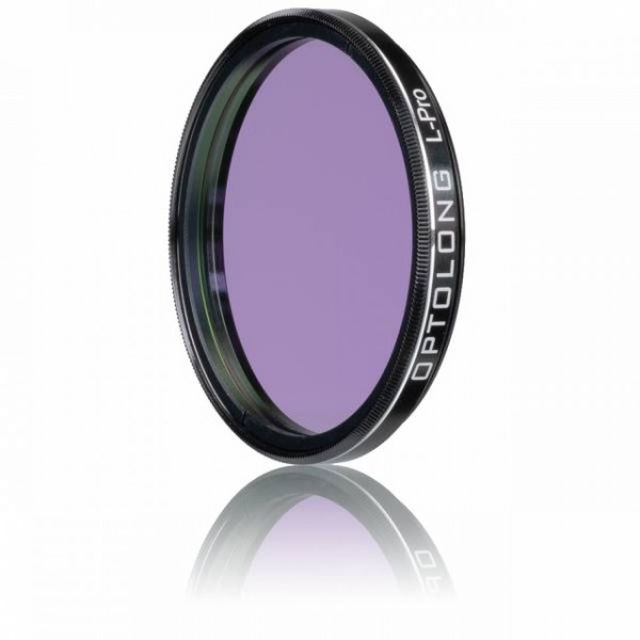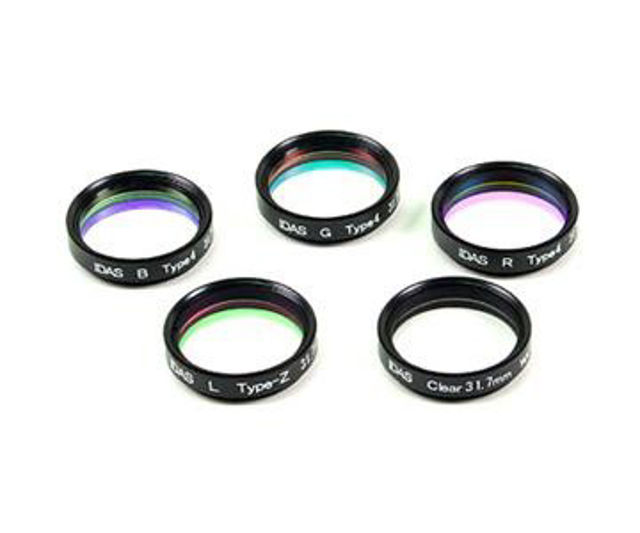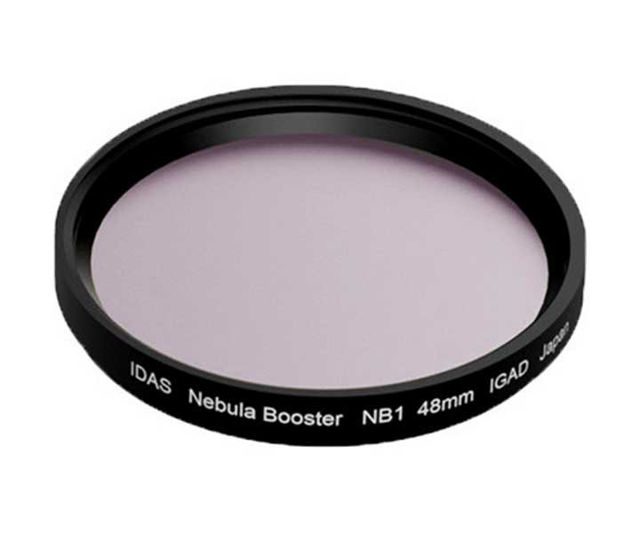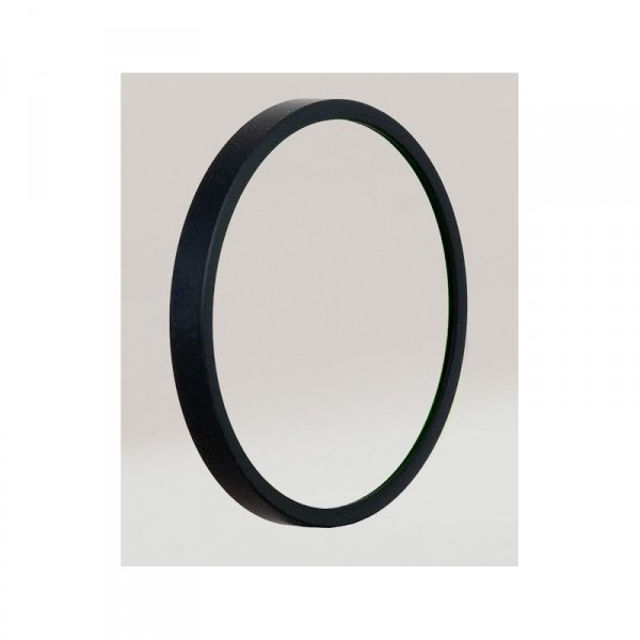CCD Filter for Astrophotography
- Home /
- Optical Accessories /
- CCD Filter for Astrophotography
Filters for Astrophotography

With modern interference filters, amateur astronomers can now achieve excellent image results. The applications include narrow-band emission line filters, broader-band color filters and filters for suppressing artificial light emission.
CCD Filter for Astrophotography
With this filter set, you can take visual RGB images, VIS-IR RGB images and, if using an optional IR pass filter, NIR RGB images.
- color rendering similar to that of the human
- versatile due to transmissions in VIS and NIR
- suitable for cameras with 1.25" connection
- reflex-reducing design
- more durable coating for safer cleaning
IDAS narrowband filter set for astrophotography - high contrast - also for fast telescopes - up to 70% transmission at f/2
- H-Alpha 6.8nm, O-III 6.0nm and S-II 6.3 nm half width
- 2" mounted standard filter thread
- Low profile filter mount - height only 6 mm
- Reflection minimizing coating
- no halo problem due to anti-reflective layer
- Half-widths for wide range of applications
- Can also be used on extremely fast telescopes
- Made in Japan
The nebula filter passes H-Beta, O-III and H-Alpha and is designed for astrophotography.
- IDAS nebula filters are produced in Japan
- The NB1-48 is supplied in a filter cell with M48x0.75 / 2" filter thread
- Exposure time factor 4 - four times the exposure time is possible before you reach the sky background.
- The filter is especially well suited for tricolor shots of nebulae with color cameras
- Scattered light and nightglow are effectively suppressed, leaving stars and sky background relatively neutral
- High-quality anti-reflection coating
- Scratch-resistant hard coating
- With 2.5 mm thickness the filter is parfocal to other IDAS filters
- The infrared light is blocked, so the filter also fulfills the function of an IR blocking filter.
The luminance channel is very important for a successful astrophoto! Sharpness, contrast and low noise of the luminance data are decisive for achieving the best possible quality in the final result!
The task of the L filter is to maximise transmission over the entire visible spectrum, because the combination of the widest possible aperture and high transmission makes it possible to capture the greatest possible number of photons.
- Filter 36mm with ring mount
- Photographically usable
- UV and IR are blocked
